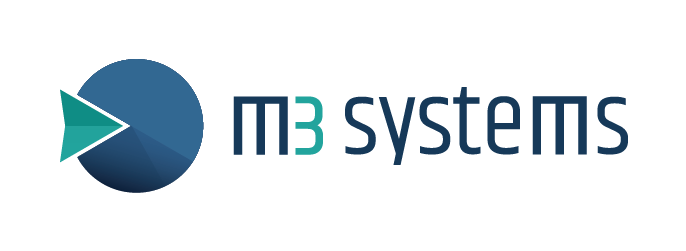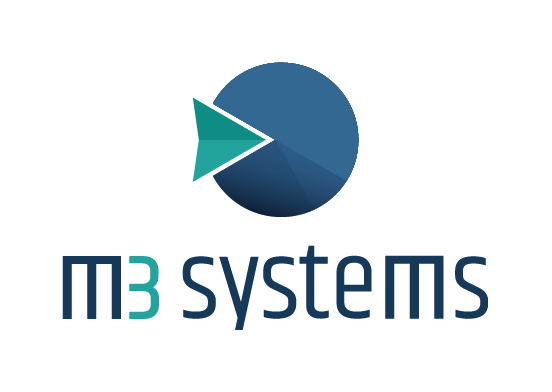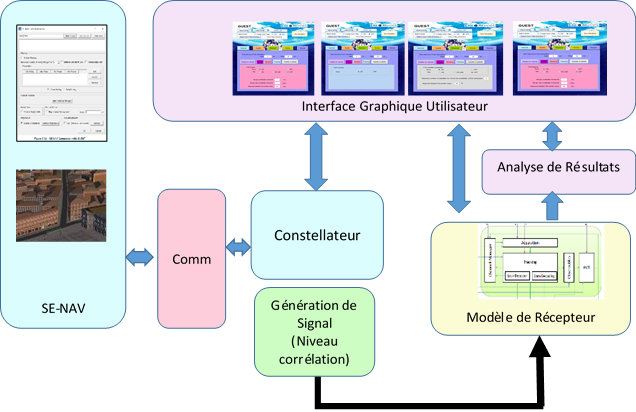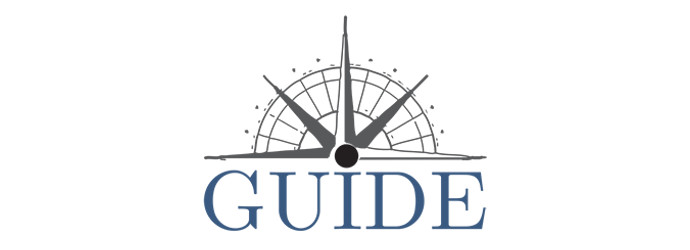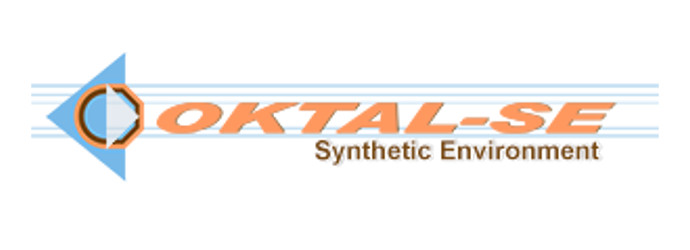In this project with ESA, M3 Systems developed the GUEST tool in collaboration with the OKTAL-SE company and GUIDE research laboratory. The GUEST tool (GNSS Unified Enhanced Simulation Tool) is a GNSS simulator specially designed for researchers in the satellite-based navigation and geolocation sector and for development teams and professional testing services. It allows simulation of the entire GNSS chain, from transmission by satellite constellations through to calculation of the navigation solution in the GNSS receiver. The main characteristics of the platform are the ability to reproduce “real-world scenarios”, the environment of the receiver represented in 3D virtual scenes based on OKTAL-SE’s SE-NAV propagator, the possibility to evolve to include future constellations and signals, a customisable and flexible GNSS platform (scenario configuration), in-depth validation, in particular with the help of real measurement data.
